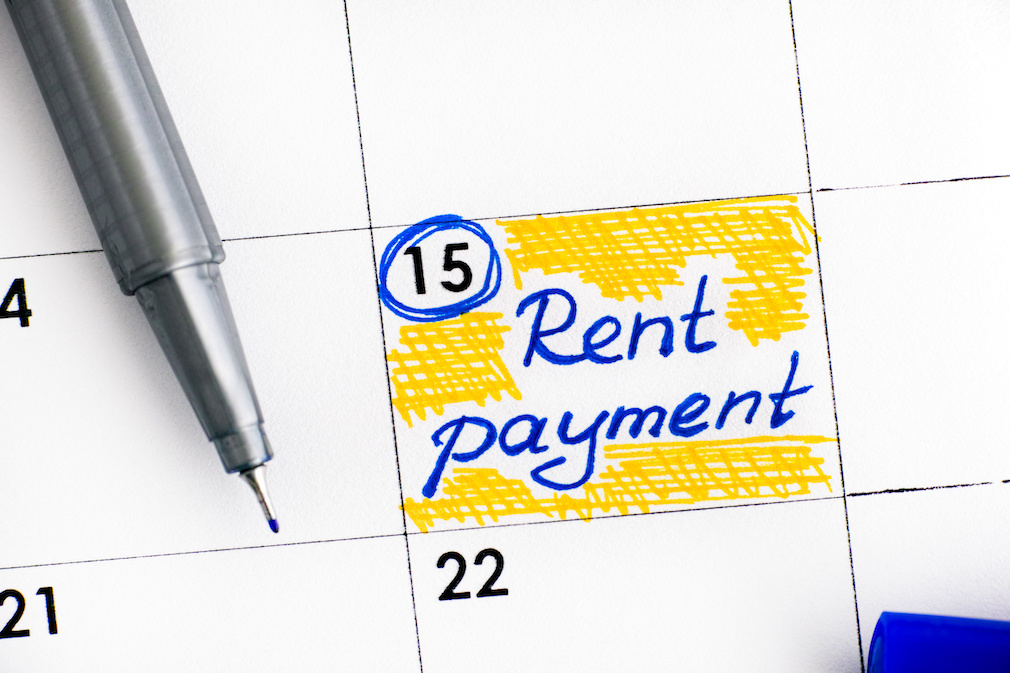The spread of coronavirus has impacted many, leaving 22 million Americans unemployed as of last week.
Avail, a DIY landlord tool, analyzed 2,775 landlords and 7,379 renters in a survey that revealed 54% of renters were left unemployed due to COVID-19. According to Avail, 86% of those surveyed own less than 10 rental units.
Although some states and several large cities have paused evictions during the coronavirus shutdown, the geographical variances have left many renters confused, with 66% of the renters surveyed saying that they didn’t know if their state had paused evictions to begin with.
According to the Department of Housing and Urban Development’s website, “Multifamily Housing encourages all owners to work with impacted residents and families to adjust rent payments, enter into forbearance agreements, and lessen the impact on affected residents. At this time, no additional subsidy funding has been made available.”
However, 58% of landlords in this survey said they do not have access to credit options to float their expenses in case of an emergency like this, while 42% said they did.
Only 4% of the surveyed landlords said they had default insurance to protect themselves against missed payments, and 69% didn’t know what default insurance was.
In contrast to some bigger companies, 58% of DIY landlords surveyed said they don’t have access to well-positioned capital like a credit line.
“We’re closely monitoring trends in rental payments right now. We noticed on April 15 [the day many Americans first received stimulus money] that there was a massive spike in scheduled rent payments through the Avail platform,” Avail Chief Operating Officer Laurence Jankelow said. “Comparing April 15 to March 15 showed a 300% increase month-over-month in rent payments. This data comes from about 20,000 rental charges processed by Avail on a monthly basis.”
“While this is great news for tenants and landlords, it also paints a gloomy picture going forward,” Jankelow continued. “If many are just now able to pay rent, what will they do May 1 when rent is due again? Without being able to get back to work, tenants and landlords will need to find ways to work together to weather this storm unless they receive additional stimulus money.”
According to Avail, rent in March was 77% paid in full, while in April it was 73%. Partially paid rents went up from 1% in March to 2.5% in April.
However, 4% more was left unpaid in April (25%) than in March (21%), and only 22% paid rent late in April versus the 47% who paid late in March.
The National Multifamily Housing Council’s Rent Payment Tracker numbers revealed that 90% of renters made full or partial payments from April 1-12, 2019, and 91% of renters from March 1-12, 2020.
The latest tracker numbers reflect a payment rate of 93%, compared to the same time last month. This data encompasses a wide variety of market-rate rental properties, which can vary by size, type and average rental price, NMHC said.
The Avail survey also found that communication among renters and landlords has been lacking, with 75% of renters saying they have yet to be contacted by their landlord in regard to COVID-19.
That matches up with the whopping 70% of landlords who said they have yet to reach out to their renters. Of those, 47% said they have actual plans to reach out, while 53% said they don’t plan to reach out to their renters at all.
A marginal 34% of renters in the survey told their landlord about their unemployment, even though the landlord didn’t reach out.






